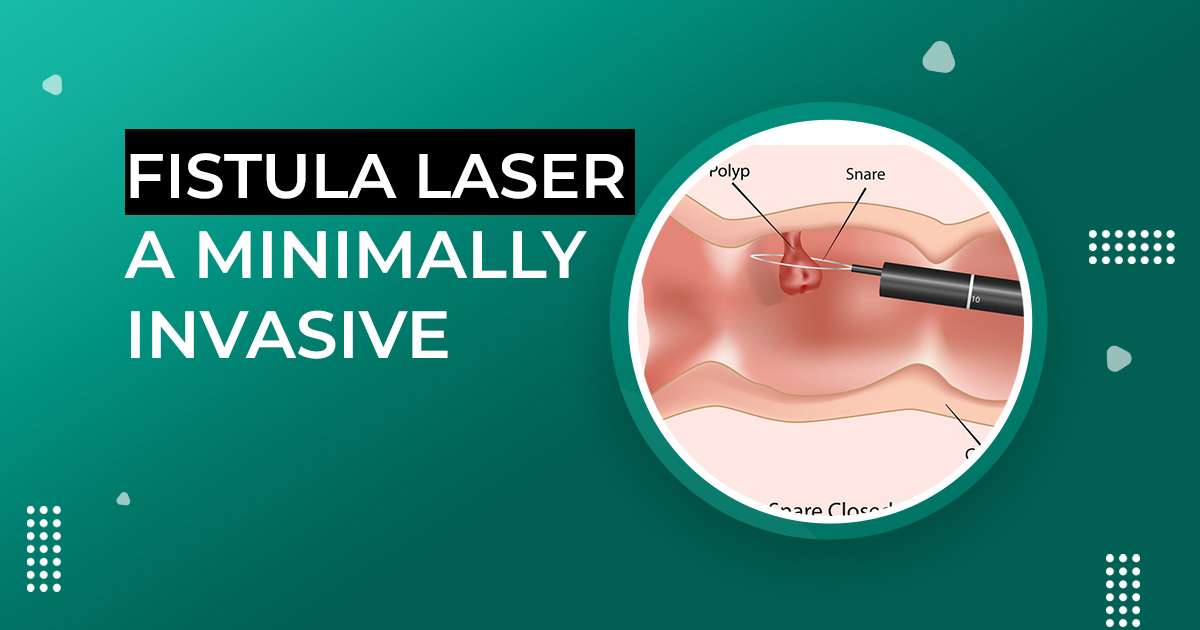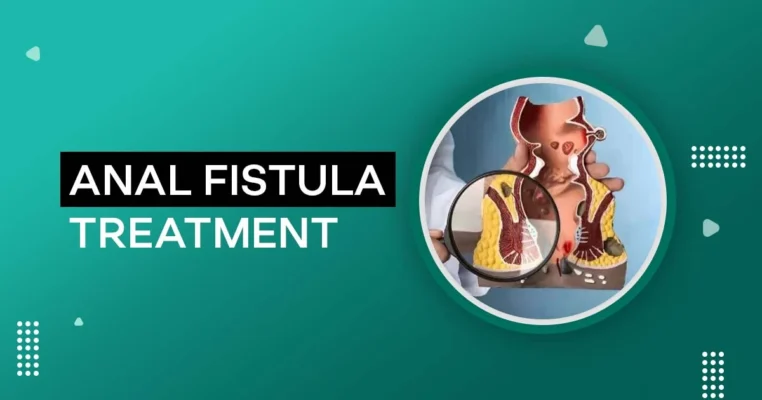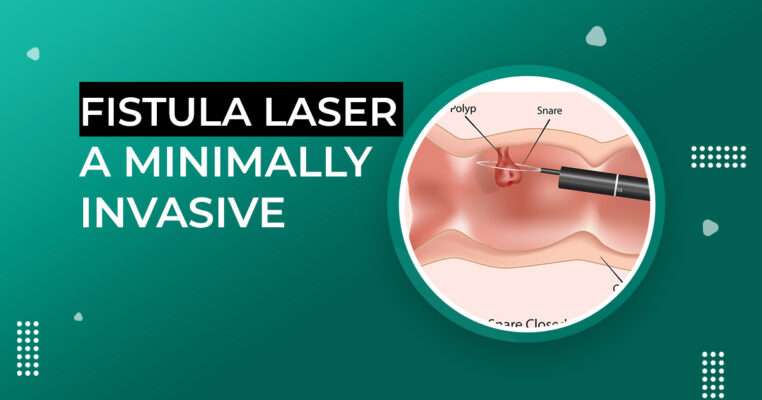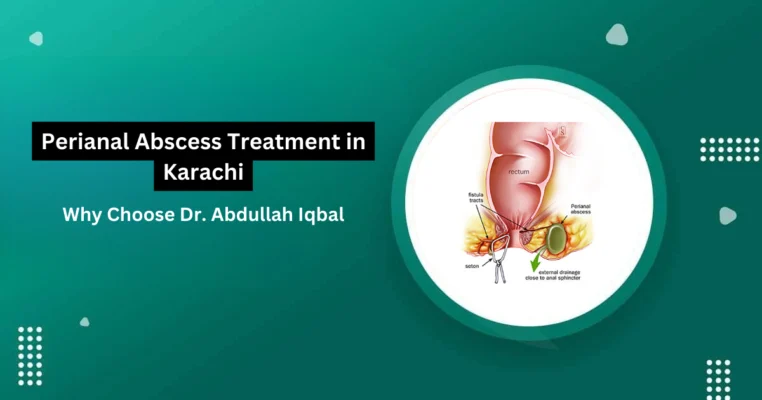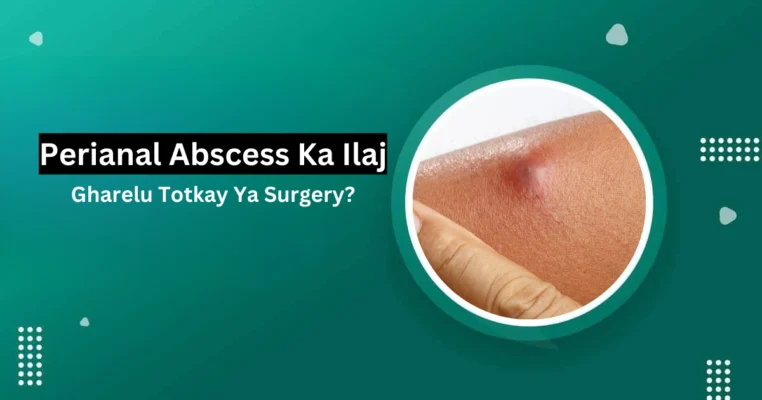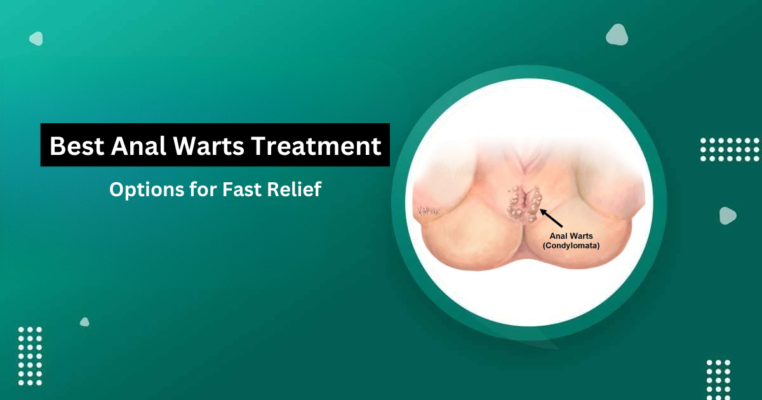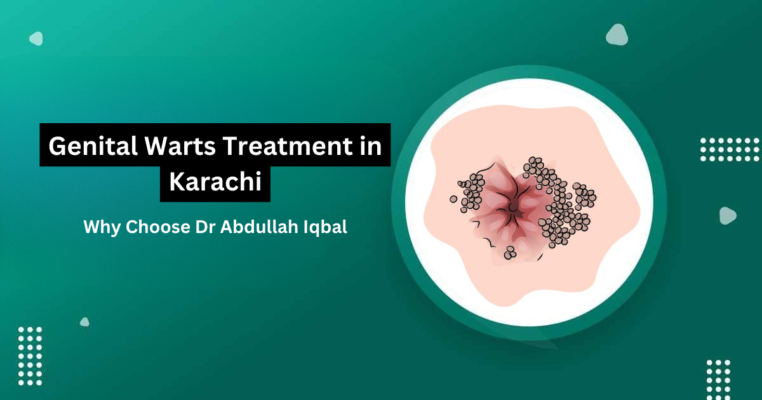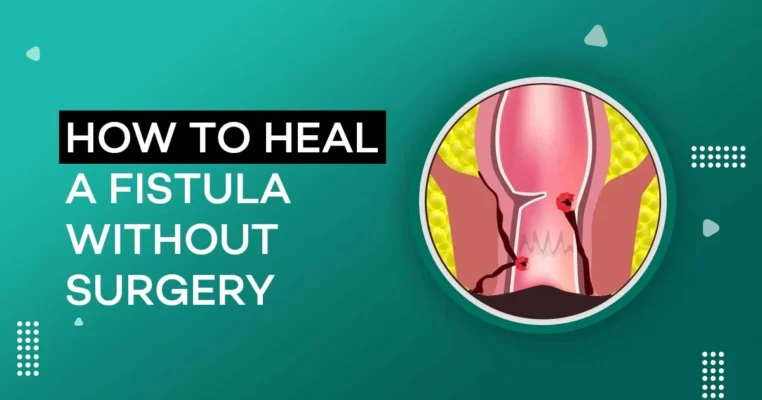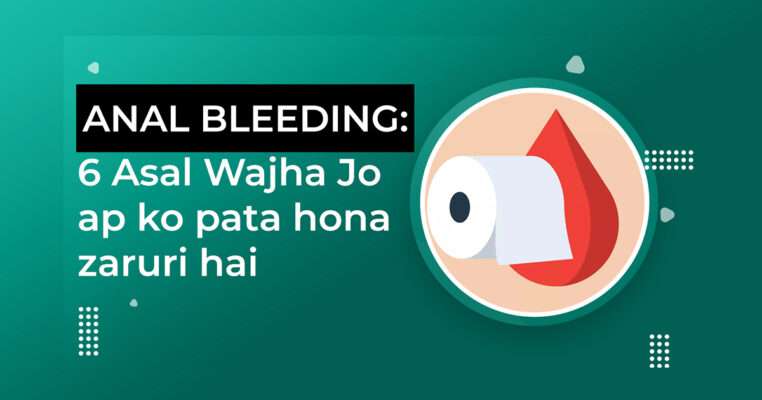An anal fistula is a painful anal condition associated with a watery fluid or pus-like discharge near your anus. Not only that, a continuous staining of the clothes can cause embarrassment and decreased quality of life. Many patients feel it is an issue to do daily namaz. In this blog, we will learn about fistula laser treatment, also known as FILAC or fistula laser closure. We will discuss how this procedure is done, what its benefits are, and why it offers hope to those who are afraid of surgery and suffering from this condition.
Medical progress has made anal fistula laser treatment much better in recent years. One of the best new methods is laser technology, which is a simple and less painful option for patients. Let’s find out how and why.
Understanding Anal Fistulas
An anal fistula is a small, uneven tube forming between the exterior and the inside of the anus or rectum. An anal gland infection causes it; if left untreated, this can lead to an abscess—a collection of pus. Later on, this could lead to the creation of a continuous tract connecting the sick area with the skin.
Typical symptoms are redness on and around the cavity, pain at or near the external entrance, swelling should the external opening get blocked, and pus or fluid discharge close to the external or internal opening. Certain patients might also experience itching, discomfort during bowel motions, or repeated abscesses. Under severe conditions, the fistula could cause constant pain and complicate basic hygienic practices.
Conventional Therapies and Their Challenges
Conventional therapy for anal fistulas generally consists of surgery—such as a fistulotomy (opening the fistula tract), fistulectomy (cutting out the fistula tract), and placing a seton (thread that allows drainage of pus). Although helpful, these approaches may have their downsides, such as an increased recovery time, increased post-operative discomfort and pain, and the risk of recurrence.
The standard treatment for anal fistulas usually involves surgery. Common surgical procedures include:
- Fistulotomy: This involves cutting open the fistula tract and allowing it to heal from the inside out.
- Fistulectomy: In this procedure, the entire fistula tract is surgically removed.
- Seton Placement: A seton (a medical thread) is placed inside the fistula to help drain pus and infection while keeping the tract open, allowing gradual healing.
While these methods are effective, they come with certain drawbacks.
✅ Advantages:
- Effective in many cases: surgery can completely remove the fistula or help it heal properly.
- Prevents further infection: draining the pus and removing the tract reduces the risk of repeated infections.
- Widely available: These procedures are commonly performed by surgeons worldwide.
❌ Drawbacks:
- Longer recovery time: Healing can take several weeks, requiring proper wound care.
- Post-operative pain and discomfort: Patients may experience pain, swelling, and difficulty sitting or moving.
- Risk of recurrence: Even after surgery, there is a slight chance of recurrence.
- Possible incontinence issues: If the fistula is near the anal sphincter, surgery may affect bowel control.
Laser Treatment For Fistula: A Revolutionary Step
Lazer treatment for anal fistulas is a brand-new way to help people who have this problem. An amazing thing about fistula laser treatment is that it is very easy and doesn’t require any big cuts or stitches.
✅ Advantages:
- Minimally invasive—no major cuts, reducing tissue damage.
- Less pain and discomfort: Patients experience significantly less post-operative pain.
- Faster recovery: healing time is shorter compared to conventional surgery.
- Lower risk of incontinence: The sphincter muscles remain unaffected, preserving bowel control.
❌ Drawbacks:
- Higher risk of recurrence: Though laser effectively seals the tract, the chances of recurrence are a bit higher than conventional surgery and vary between 4 to 14%.
- May not be suitable for complex fistulas—in some severe cases, additional treatments might be needed.
- Availability and cost: Laser treatment is not widely available everywhere and can be more expensive than traditional surgery.
- Requires specialized expertise: Not all surgeons are trained in laser procedures, limiting treatment options.

The Process of Laser Surgery for Anal Fistula
Following is a step-by-step approach to ensure effective healing with minimal discomfort. Below are the key steps involved:
Step 1: Anesthesia Administration
The procedure begins with administering spinal or general anaesthesia to ensure the patient feels no pain during the surgery.
Step 2: Placing in Lithotomy Position
The patient is positioned in the lithotomy position (lying on the back with legs raised and supported in stirrups), which provides the surgeon clear access to the anal area.
Step 3: Find the openings on the inside and outside.
The doctor carefully finds both the internal opening of the fistula tract (inside the anus or rectum) and the external opening of the tract (on the skin near the anus). This step is very important for the whole process.
Step 4: Confirming Additional Tracts
Sometimes, a fistula may have secondary tracts or hidden extensions. The surgeon checks for any additional branches using a probe or dyes or laser to ensure all affected areas are treated.
Step 5: Curettage and chemical curettage
A curette, which is a surgical tool, is used to gently clean the fistula tube and remove pus and unhealthy tissue. A chemical agent may also be used to help clean the tract and get it ready for the laser closing.
Step 6: When to use laser energy
In the fistula tube, a thin laser fibre is put in. The laser is then turned on, and controlled heat is sent through it to seal the tube by making its walls shrink and close. The fissure is taken out without making big cuts or using stitches.
Step 7: Sealing the opening inside the house even more
To keep the fistula from opening up again, the hole on the inside is sealed with extra sutures, glue, or other methods as needed.
Post-Treatment Care
Post-operative care after anal fistula laser treatment These can include maintaining the treated area free from dirt and grime, taking any prescribed antibiotics if deemed necessary, and attending follow-up appointments with the doctor to observe healing progress.
Karachi’s Trusted Fistula Experts Are Ready to Help You!
Dr. Abdullah Iqbal For Fistula Laser Treatment
Proven Success in Laser Fistula Treatment
Dr. Abdullah Iqbal is a well-known laser proctologist who was the first doctor in Karachi to do operations using lasers in 2022. He has a lot of experience and has successfully worked on more than 1,000 cases of fistulas, ranging from simple to very complicated ones.
His skill with laser-assisted procedures means that the procedures will be more successful, cause less pain, and heal faster. Patients trust Dr. Iqbal because he is precise, skilled, and dedicated to giving his fistula laser treatment patients the best results possible.
In conclusion
Anal fistulas can be painful and cause problems, but thanks to improvements in laser treatment, patients can now get a solution that is less invasive, less painful, and heals faster. Dr. Abdullah Iqbal is Karachi’s best laser proctologist. He has handled more than 1,000 cases successfully, ensuring better outcomes and a higher quality of life. In case you have an anal fistula and want a modern, effective treatment, laser surgery with Dr. Iqbal is a safe and effective choice for healing.
Related Articles
- Band Ligation for Hemorrhoids in Karachi – Safe Treatment by Dr. Abdullah Iqbal - September 24, 2025
- 5 Bawaseer Ki Alamat Aur Unse Bachne Ke Tarike in Urdu - May 29, 2025
- Important Care after Laser Surgery for Hemorrhoids, Fissure or Fistula - May 29, 2025

